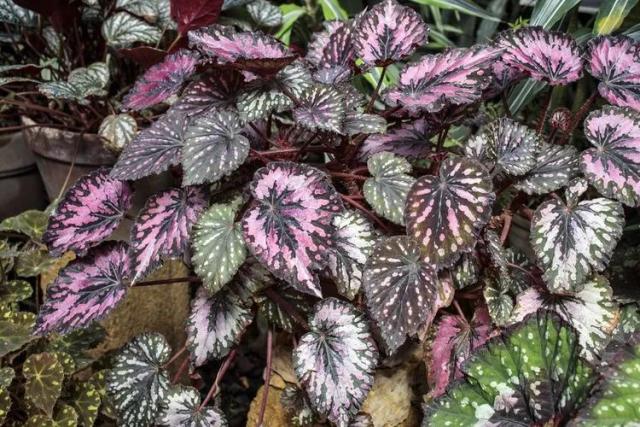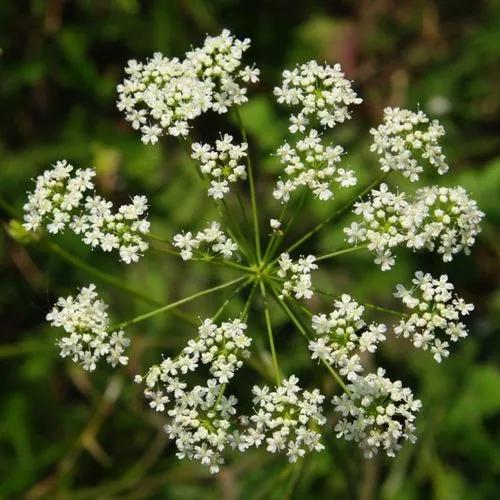Pride of India is a fast-growing, medium-sized, deciduous, sub-canopy tree with an upright, round crown. The tree, which produces suckers, usually grows 15 metres tall or more, with some specimens up to 26 metres. The bole is around 60cm in diameter.The tree is harvested from the wild for local use as a medicine and source of materials. The wood is of good quality, considered to be one of the best timber trees in Myanmar and Assam, and is often traded. One of the most strikingly showy of flowering trees, and a good shade tree, it is commonly cultivated in gardens or along the sides of roads for its brightly coloured mauve or pink flowers with crinkled petals. These are borne in large, terminal, conical panicles, 30 cm long. The tree is clothed with 12-inch-long, dark green, oblong, leathery leaves which turn attractively red before falling in winter
Queen's Crepe-myrtle Care
Lagerstroemia Speciosa



How to Care for the Plant

Water

It has regular water needs – 1″ per week. It tolerates a normal amount of water during the growing season. Avoid overwatering as it may harm the roots and may even cause root rot.

Fertilizer

The tree appreciates regular fertilizing as the leaves become anemic or chlorotic.

Sunlight

It loves full sun exposure when planted in moist, rich soil.

Soil

These crepe myrtles thrive in fairly fertile and well-drained soils. Rich, deep, and alluvial loam-like soils with good drainage and moisture retention are the optimal choice. They are tolerant of alkaline soils but prefer a 5.5 to 7.5 pH.

Temperature

The annual daytime temperatures between 64° – 93° degrees Fahrenheit (18° – 34° C) are suitable for the plant.In some locations, it can tolerate temperatures down to 28° degrees Fahrenheit (-2° C) but it may have a negative impact on the plant’s growth.

Popularity

561 people already have this plant 110 people have added this plant to their wishlists
Discover more plants with the list below
Popular articles






